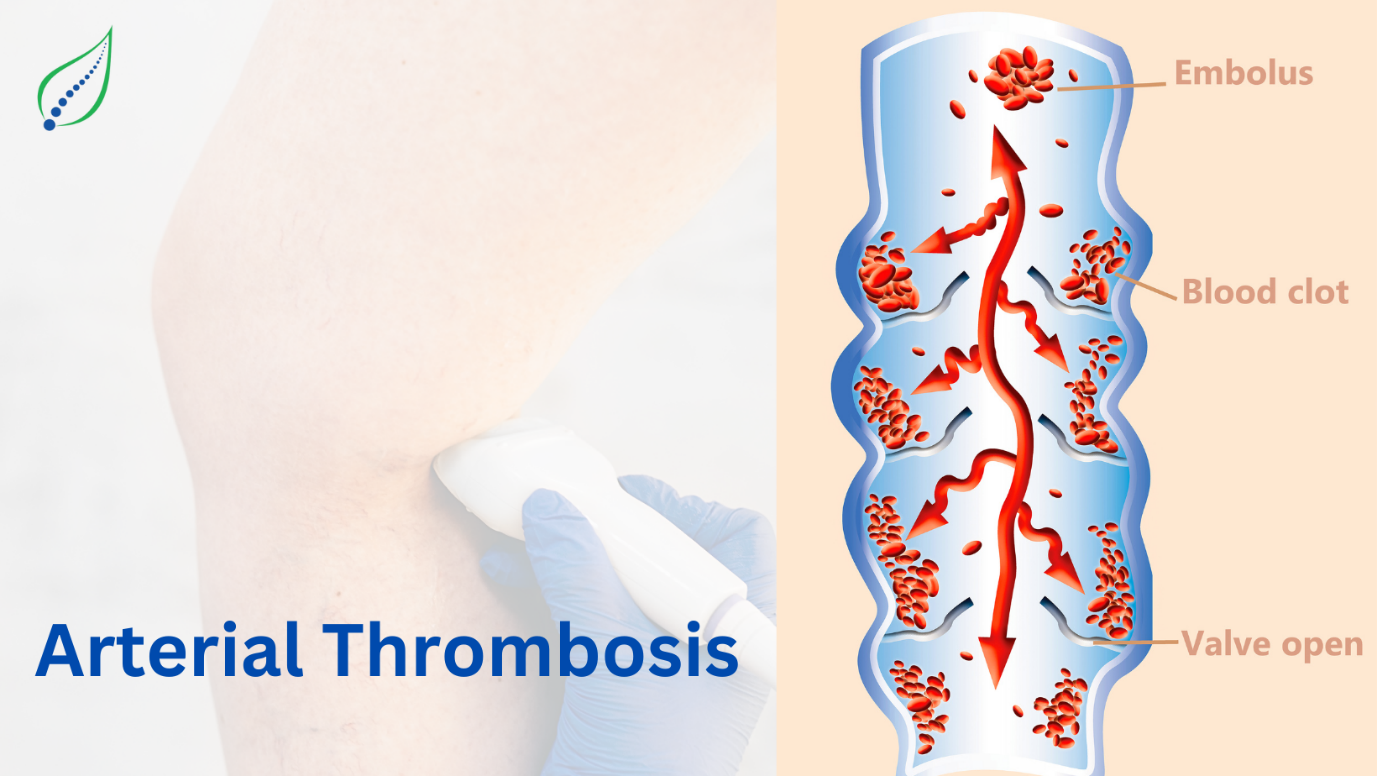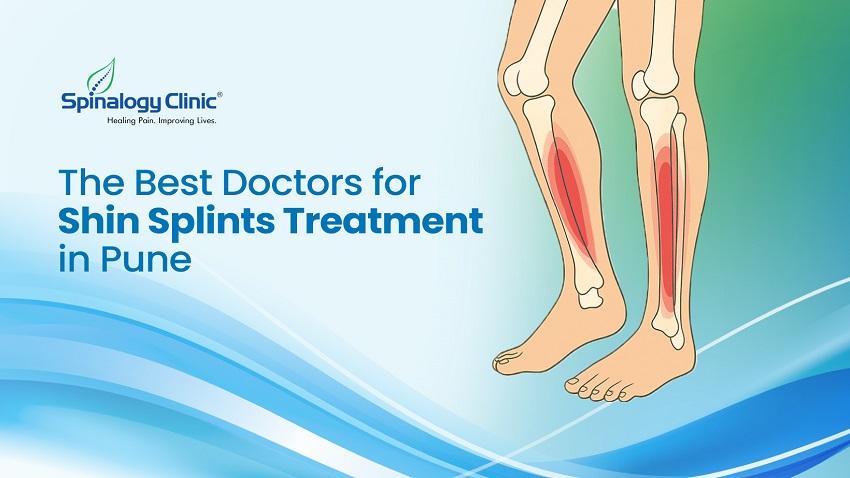Arterial Thrombosis
Arterial thrombosis is the formation of a blood clot within an artery, which can obstruct blood flow to vital organs and tissues. Arteries are blood vessels that carry oxygen-rich blood from the heart to the body's tissues and organs.
When a clot forms within an artery, it can block the flow of blood, leading to tissue damage and even organ failure. Arterial thrombosis can occur in various parts of the body, such as the brain, heart, kidneys, legs, and arms, and can cause serious health problems like stroke, heart attack, kidney damage, and limb ischemia.
Risk factors for arterial thrombosis include smoking, high blood pressure, high cholesterol, diabetes, obesity, family history of clotting disorders, and certain medical conditions such as cancer, autoimmune diseases, and heart disease. Treatment for arterial thrombosis may involve anticoagulant medications, clot-busting drugs, or surgery to remove the clot. Preventive measures such as a healthy diet, regular exercise, and quitting smoking can also help reduce the risk of arterial thrombosis.
Causes Of Arterial Thrombosis:
- Aging/Getting older
- Smoking
- An unhealthy diet
- A lack of exercise
- Being overweight or obese
- Regularly drinking excessive amount of alcohol
- Other health conditions, including high blood pressure, high cholesterol and diabetes
- A family history of atherosclerosis
Symptoms:
The symptoms of arterial thrombosis depend on the location of the clot and the extent of the blockage. Here are some common symptoms associated with arterial thrombosis:
- Brain: sudden onset of weakness or numbness on one side of the body, trouble speaking or understanding, severe headache, vision changes, and dizziness.
- Heart: chest pain or discomfort, shortness of breath, nausea, vomiting, sweating, and light-headedness.
- Legs or arms: pain or cramping, swelling, skin discoloration, coolness or warmth, and reduced pulse or sensation.
- Kidneys: flank pain, blood in the urine, and reduced urine output.
Arterial thrombosis is a serious condition that requires prompt treatment to prevent further damage or complications.
Treatment:
The following are some of the goals of treatment for arterial thrombosis:
- Address symptoms that make activity more pleasant, such as leg pain.
- Enhance arterial health to reduce the risk of heart attack and stroke.
- In addition to medicine, modifying one's way of life can occasionally be a part of treating peripheral artery disease.
- While Arterial disease is still in its early stages, lifestyle changes might help with symptoms.
- Quitting smoking is the single most important thing you can do to lessen your risk of issues.
- Regular walking or other physical activity can greatly lessen discomfort (supervised exercise training).
Medications:
- Cholesterol drugs: Medications called statins are commonly prescribed for people with Arterial disease. Statins help lower bad cholesterol and reduce plaque build-up in the arteries. The drugs also lower the risk of heart attacks and strokes.
- Blood pressure drugs: Uncontrolled high blood pressure can make arteries stiff and hard. This can slow the flow of blood resulting in increase in blood pressure. Controlling blood pressure with certain antihypertensive medicines will require.
- Medications to control blood sugar: If you have diabetes, controlling your blood sugar levels becomes even more important.
- Medications to prevent blood clots: Arterial thrombosis is related to reduced blood flow to the limbs or forming a plaque in an artery hampering blood flow. So, medicines may be given to improve blood flow. Aspirin or another medication, such as clopidogrel (Plavix), may be used to prevent blood clotting.
- Medications for leg pain: The drug cilostazol thins the blood and widens blood vessels. It increases blood flow to the limbs. The drug specifically helps treat leg pain in people who have thrombosis.




